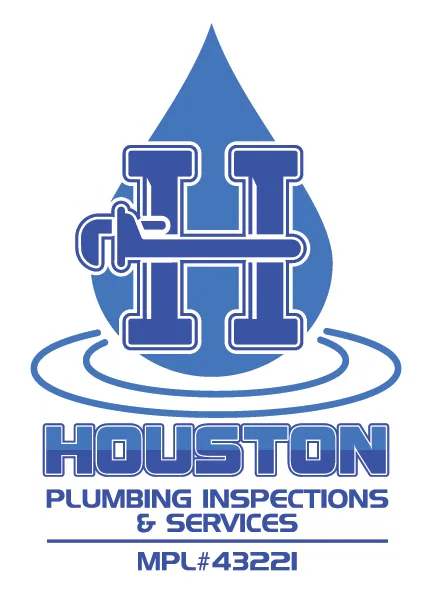Understanding Hydrostatic Testing
When it comes to ensuring the integrity of your home's plumbing system, hydrostatic testing emerges as a crucial diagnostic tool. This method allows plumbers to assess the condition of sewer lines, detecting leaks, and weaknesses that could lead to costly repairs if left untreated. Here, we'll walk you through the process of hydrostatic testing, particularly when accessing sewer lines through an exterior clean-out.
What is Hydrostatic Testing?
Hydrostatic testing involves pressurizing the plumbing system with water to detect any leaks or weaknesses in the pipes. This method is particularly effective for identifying underground leaks and assessing the overall condition of sewer lines.
The Process: Hydrostatic Testing Through an Exterior Clean-Out
- Locating the Clean-Out: Plumbers begin by locating the exterior clean-out access point, which is typically a capped pipe extending vertically from the ground near the home's foundation. This clean-out provides direct access to the sewer lines for inspection and testing purposes.
- Preparing the Clean-Out: The plumber removes the clean-out cap and ensures that the opening is clear and free of any obstructions. This step allows for the insertion of equipment needed to conduct the hydrostatic test.
- Inserting the Test Equipment: A specialized testing device is inserted into the clean-out opening and connected to the plumbing system. This device allows the plumber to fill the sewer lines with water and pressurize them to a predetermined level.
- Pressurizing the System: Once the testing device is in place, the plumber fills the sewer lines with water and pressurizes them. The system is then monitored for a specified period to observe if there is any drop in pressure, which could indicate a leak or weakness in the pipes.
- Inspecting and Interpreting Results: During the test, the plumber carefully monitors the pressure readings and conducts a visual inspection of the clean-out area and surrounding ground for signs of water leakage. If a leak is detected, the plumber can pinpoint its location and assess the severity of the issue.
- Completing the Test: After completing the test and gathering necessary data, the plumber removes the testing equipment and securely replaces the clean-out cap. They may also provide recommendations for repairs or further inspections based on the test results.
Benefits of Hydrostatic Testing
- Early Detection of Issues: Hydrostatic testing allows for the early detection of leaks, cracks, or weaknesses in sewer lines before they escalate into more significant plumbing problems.
- Accurate Assessment: By pressurizing the system with water, hydrostatic testing provides a thorough and accurate assessment of the plumbing system's condition, ensuring peace of mind for homeowners.
- Maintenance Planning: Based on the test results, homeowners can plan maintenance or repairs as needed to maintain the integrity and functionality of their plumbing system.
In conclusion, hydrostatic testing through an exterior clean-out is a valuable method for assessing the health of your home's plumbing system. By understanding the process and its benefits, homeowners can proactively ensure the longevity and efficiency of their sewer lines. If you're considering a hydrostatic test for your home or have concerns about your plumbing system, consulting with a qualified professional can provide insights and solutions tailored to your needs.
